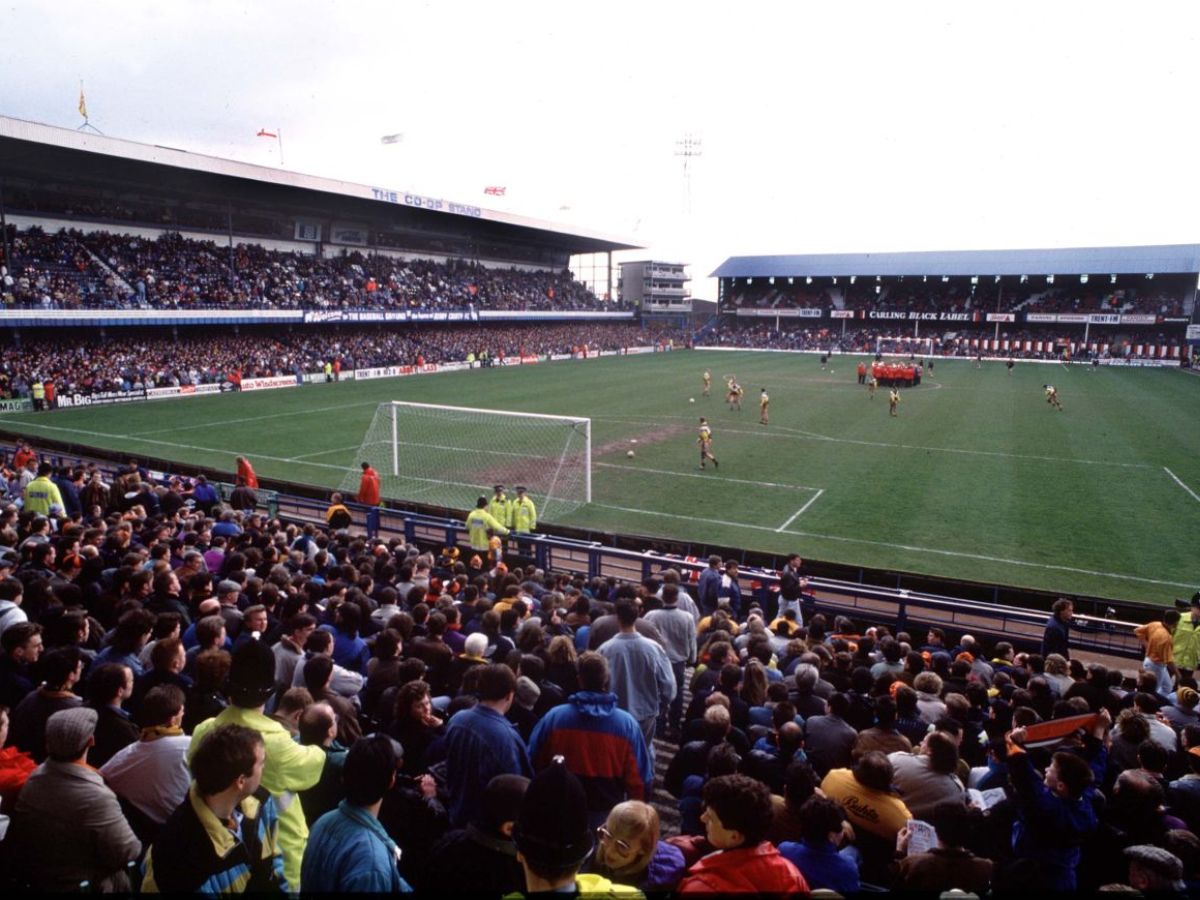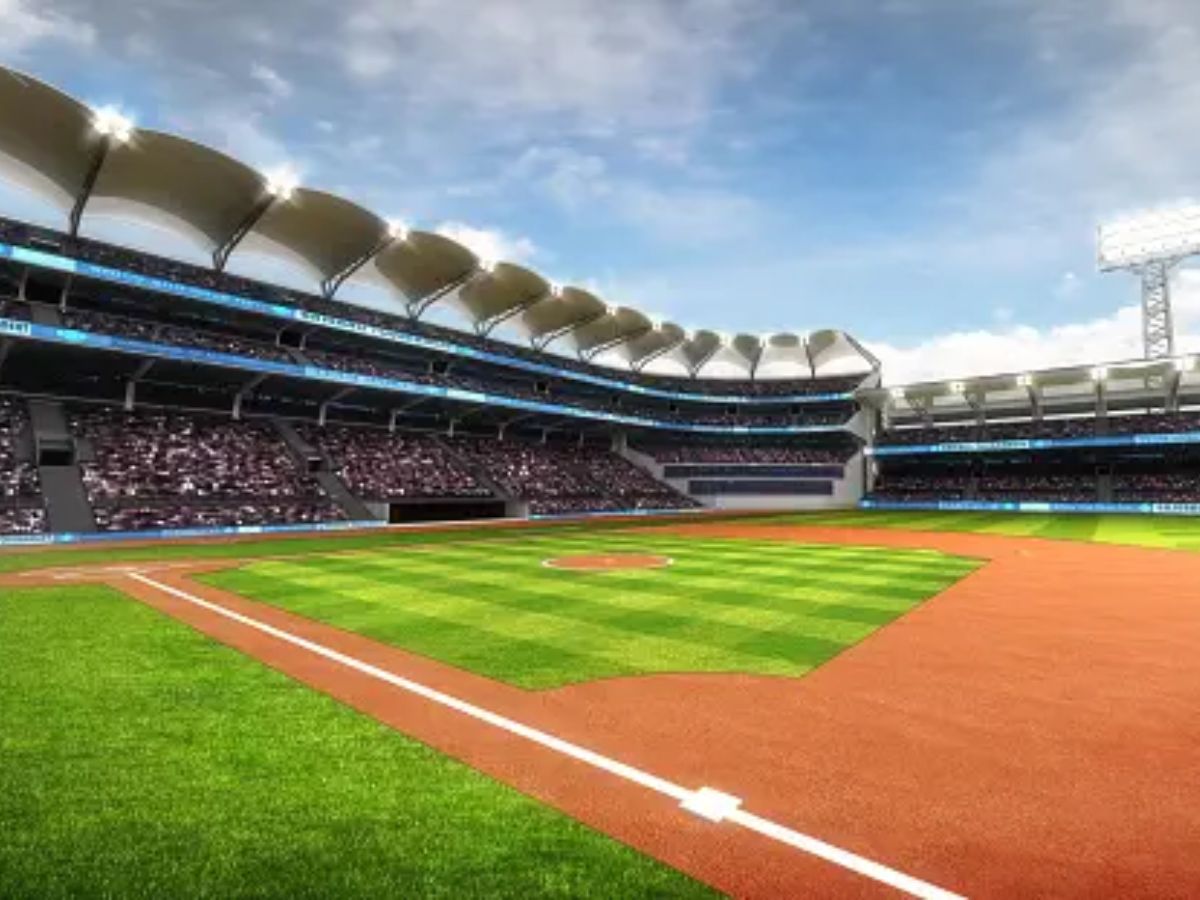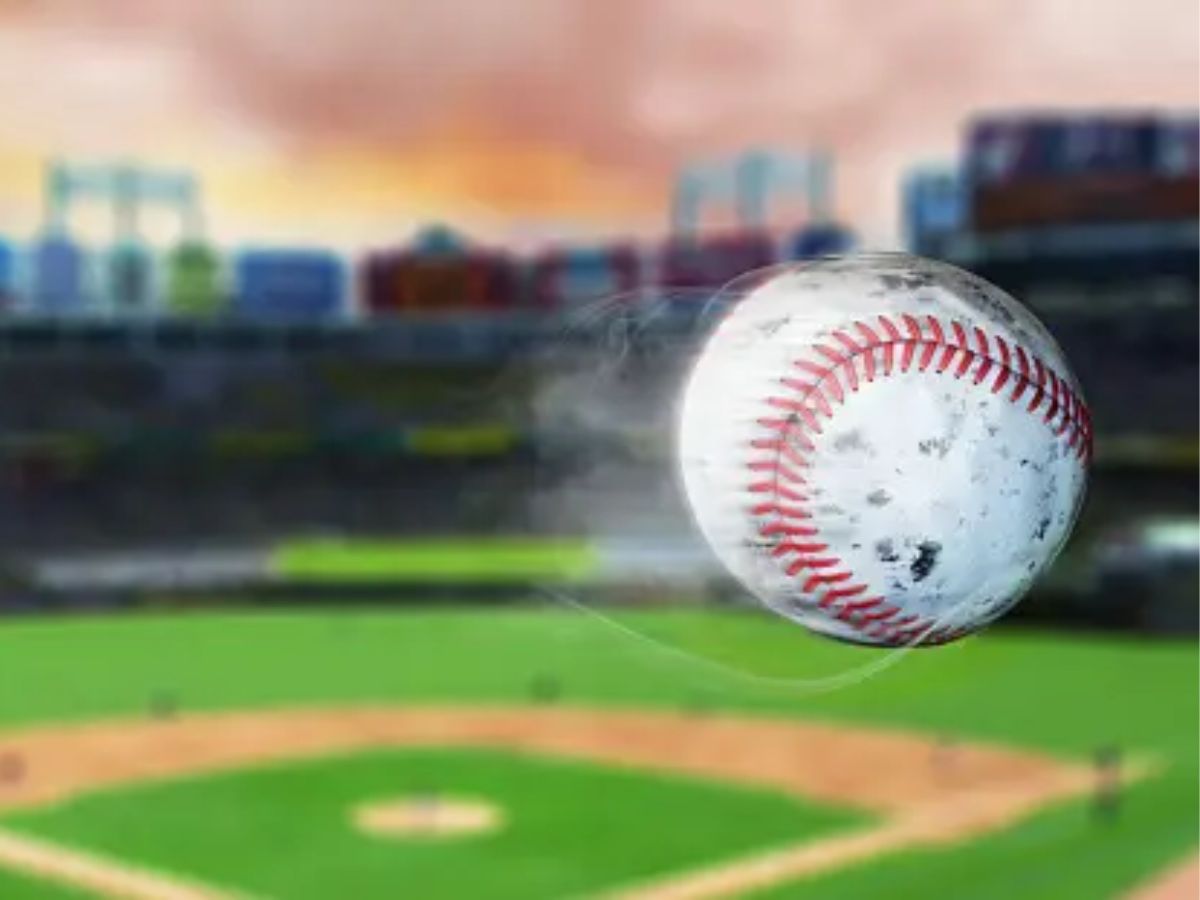
A Ground Rule Double is a baseball hit that bounces over the outfield wall, allowing the batter to reach second base. Welcome to our guide on Ground Rule Doubles!
If you’re a baseball enthusiast or just curious about the game, you’ve come to the right place. We will provide a comprehensive understanding of what a Ground Rule Double is, how it is scored, and its impact on the game.

As a popular play in baseball, the Ground Rule Double occurs when a batter hits the ball over the outfield fence, but instead of being a home run, it bounces and goes out of play. This rule awards the batter with an automatic double, allowing them to advance to second base from the batter’s box. Let’s dig deeper into the dynamics of this exciting play in the wonderful world of baseball.
Contents Inside
A ground rule double occurs when a baseball is hit fair and then bounces out of play. It’s essentially a double awarded by the umpire due to the specific circumstances of the hit. This rule typically applies when the ball hits the ground and goes over an outfield fence or other boundary line.
Unlike other doubles, where the ball must be caught or fielded cleanly, a ground rule double is determined by the ball leaving the playing field. This can happen in various ways, such as bouncing over a wall, hitting a railing, or going through a gap in the outfield fence.
This type of double is often seen as a fortunate outcome for the batter, as it allows them to advance two bases without the risk of being thrown out.
A ground rule double is a rule in baseball that awards a batter two bases when the ball is hit fair and then goes out of play. Several factors determine when a ground rule double is awarded. One of these factors is stadium design and configuration.
Certain stadiums may have unique features or structures that can impact the trajectory of a hit, resulting in a ground rule double. Additionally, the type of obstacles or structures present in the outfield can also play a role. For example, a ball bouncing off a fence or hitting a specific barrier could be deemed a ground rule double.
Finally, the infield and outfield conditions can affect whether a hit is ruled as a ground rule double or not. If the ball is deemed unplayable due to the condition of the field, it may result in this special ruling.
Understanding these determinants is crucial for both players and fans alike.
A ground rule double occurs when a fair ball bounces out of play. This results in the batter and any runners on base being awarded two bases. It is important for both the offense and defense to understand the consequences and strategies surrounding this type of hit.
When runners are on base during a ground rule double, scoring becomes essential. The offensive team must capitalize on the opportunity to bring these runners home. On the other hand, the defensive team must employ strategies to prevent extra bases and limit the damage caused by the hit.

Effective fielding and communication are crucial in preventing runners from advancing. To take full advantage of a ground rule double, offensive players should run aggressively and make smart decisions on the basepaths. Strategies such as tagging up and taking an extra base can increase the chances of scoring runs.
Overall, understanding the implications and implementing the appropriate strategies can greatly impact the outcome of a game.
Major League Baseball stadiums have their fair share of ground rule doubles. Fenway Park is known for its quirky dimensions, creating opportunities for unique double outcomes. Wrigley Field stands out with its distinctive features that can lead to unexpected bounce-offs.
Tropicana Field, with its dome and artificial turf, introduces another element to the game. Catwalks in the stadium add an additional challenge for players. These stadiums provide an exciting backdrop for the thrilling moments that ground rule doubles bring to the game.
Whether it’s the historic atmosphere of Fenway Park or the unique characteristics of Wrigley Field and Tropicana Field, fans can expect to witness some incredible hits that result in ground rule doubles.
A ground rule double is a type of hit in baseball that earns the batter a double. In baseball history, there have been several famous moments involving ground rule doubles. One notable instance occurred in the 1946 World Series when Ted Williams hit a ground rule double.
Another well-known incident is the infamous Jeffrey Maier incident in the 1996 ALCS. Throughout recent MLB seasons, there have been various notable ground rule doubles that have caught the attention of fans. These doubles have added excitement and intrigue to the game, showcasing the skill and power of the players.

From the historical moments to the recent occurrences, ground rule doubles have played a significant role in baseball history. They contribute to the excitement and unpredictability of the sport, further fueling the passion and love for the game.
A ground rule double is when a batted ball in fair territory bounces over the outfield wall or gets lodged in the wall, resulting in an automatic double for the batter. It prevents the baserunners from advancing more than two bases, providing an advantage to the hitting team.
A ground rule double differs from a regular double because it is determined by a specific ground rule or stadium configuration. It is not solely based on the ball’s distance or player ability. This rule ensures fairness and consistency in baseball games played in different venues.
Yes, variations exist in the rules for a ground rule double depending on the baseball league and stadium. Some stadiums may have specific ground rules, such as a well-defined boundary, which may result in a ground rule double. It is important to familiarize yourself with the specific rules of the stadium you are playing in.
No, a ground rule double cannot be overturned by instant replay. The ruling is final once the ball has crossed the boundary or lodged in the wall. This prevents any subjective interpretation of the play and ensures consistency in the game.
A ground rule double is an exciting play in baseball that occurs when a batted ball lands on fair territory but goes out of play. This results in the batter being awarded two bases instead of just one. It’s a rule that adds an extra level of strategy and excitement to the game.
Understanding what a ground rule double is can enhance your enjoyment as a spectator or player. Whether you’re a die-hard fan or just getting into baseball, it’s important to have a grasp of the game’s unique rules. So next time you see a ball bounce out of play and the batter racing around the bases, you’ll know exactly what’s happening.
With this knowledge, you can fully appreciate the skill involved in hitting a ground rule double and how it can impact the outcome of a game. So keep an eye out for this thrilling play on the diamond!
Let’s Build
Contact us todayGet daily tips and tricks for making your best home.
2025 The base Ball Insider